Home>Garden Essentials>How Long Does It Take A Nandina To Germinate From Berry
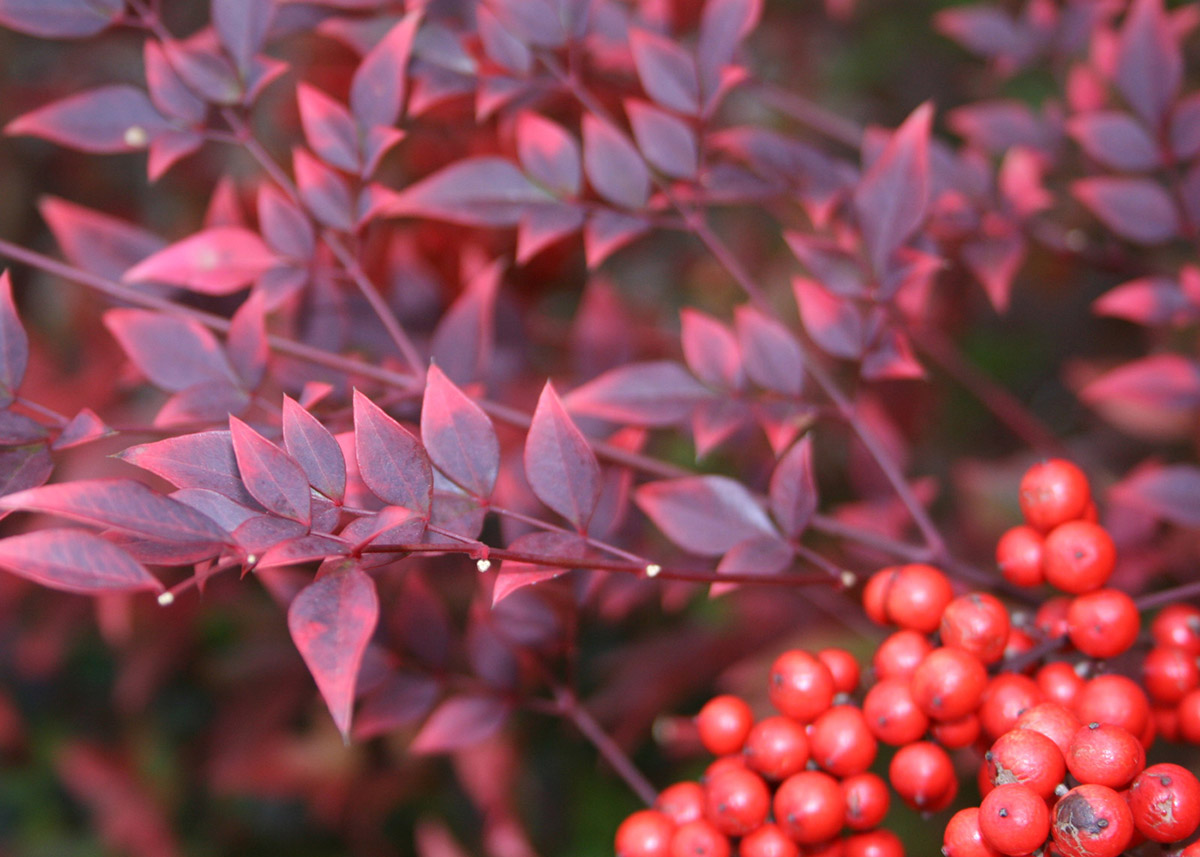

Garden Essentials
How Long Does It Take A Nandina To Germinate From Berry
Modified: March 16, 2024
Learn how long it takes for a Nandina berry to germinate in your garden. Discover the timeline for successful germination and start growing your own Nandina plants!
(Many of the links in this article redirect to a specific reviewed product. Your purchase of these products through affiliate links helps to generate commission for Storables.com, at no extra cost. Learn more)
Introduction
Gardening enthusiasts and plant lovers are often intrigued by the process of germinating seeds and witnessing the growth of new plants. If you have ever come across the beautiful and versatile plant called Nandina, you may be wondering how long it takes for Nandina seeds to germinate from berries. Well, you have come to the right place!
Nandina, also known as heavenly bamboo, is a popular ornamental plant that adds a touch of elegance and beauty to gardens and landscapes. It is native to Asia, but has gained popularity worldwide due to its striking foliage and vibrant berries. The process of germinating Nandina seeds from berries can be an exciting and rewarding experience.
To understand the germination process, it is important to delve into the anatomy of a Nandina berry. The berries of Nandina plants contain seeds within, and these seeds have the potential to develop into new plants when provided with the right conditions. However, the germination period of Nandina seeds can vary depending on several factors.
In this article, we will explore the factors that affect Nandina germination from berries, the typical germination period, and some tips and common mistakes to keep in mind when germinating Nandina seeds. So let’s dive in and uncover the secrets of Nandina germination!
Key Takeaways:
- Nandina seeds take 2 to 8 weeks to germinate from berries, needing optimal temperature, moisture, and scarification. Patience and care are key to successful Nandina plant growth.
- To germinate Nandina seeds, provide ripe berries, proper scarification, and ideal temperature and moisture. Avoid common mistakes like overwatering and neglecting seed viability.
Understanding Nandina and Its Germination Process
Nandina, or heavenly bamboo, is a member of the Berberidaceae family and is not actually a bamboo at all. It is a deciduous or evergreen shrub that can reach a height of 6 to 8 feet, making it a popular choice for hedges, borders, and ornamental plantings.
Nandina plants produce clusters of small white flowers in the spring, which are followed by an abundance of bright red berries in the fall. It is these berries that contain the seeds necessary for germination. These seeds, when provided with the right conditions, have the potential to develop into new Nandina plants.
The germination process of Nandina seeds begins when the berries ripen and fall from the plant. The outer layer of the berry is often hard and requires some form of scarification, such as rubbing with sandpaper or soaking in warm water, to increase the chances of successful germination.
Once the outer layer is weakened, the seeds inside the berry can absorb water and begin the germination process. Nandina seeds are typically small and light brown in color, with a hard seed coat. This protective seed coat can delay germination until conditions are favorable.
Germination is triggered by a combination of factors, including temperature, moisture, oxygen availability, and light. Nandina seeds prefer a temperature range of 65 to 75 degrees Fahrenheit (18 to 24 degrees Celsius) for optimal germination. Moisture is essential for the seeds to absorb and swell, and oxygen is necessary for the respiratory process.
Light can also play a role in Nandina germination, as some seeds may require exposure to light to initiate the germination process. However, others may germinate in darkness as well. It is important to note that each seed may have different requirements, so experimentation may be needed to determine the best conditions for germination.
Understanding the germination process of Nandina seeds is crucial for successfully propagating new plants. By providing the right environmental conditions, you can increase your chances of successful germination and enjoy the beauty of Nandina in your garden or landscape.
Factors Affecting Nandina Germination from Berry
Several factors can influence the germination of Nandina seeds from berries. Understanding these factors will help you create the optimal conditions for successful germination and increase your chances of growing healthy Nandina plants. Let’s take a closer look at the key factors that can affect Nandina germination:
- Temperature: Temperature plays a crucial role in seed germination. Nandina seeds prefer a moderate temperature range of 65 to 75 degrees Fahrenheit (18 to 24 degrees Celsius) for germination. Fluctuations in temperature or extreme heat or cold can inhibit or delay germination.
- Moisture: Moisture is essential for seed germination. Nandina seeds require adequate moisture to absorb and swell, which initiates the germination process. However, excessive moisture can lead to rotting or fungal attacks. It is important to maintain a balance by providing moist, well-drained soil.
- Scarification: The hard outer layer of Nandina berries can often inhibit germination. Scarification, which involves mechanically weakening or breaking the seed coat, can be beneficial. This can be done by rubbing the seeds with sandpaper or soaking them in warm water overnight to soften the seed coat.
- Stratification: Some Nandina seeds may benefit from a period of cold stratification. This process simulates the natural winter conditions that a seed would experience in its native habitat. Cold stratification can be achieved by placing seeds in a moist medium and refrigerating them for a few weeks before sowing.
- Oxygen: Like all living organisms, Nandina seeds require oxygen for respiration. Proper aeration of the soil or growing medium is important to ensure that the seeds have access to sufficient oxygen. Compacted soil or overwatering can limit oxygen availability and hinder germination.
- Light: Light requirements for Nandina germination can vary depending on the seed. Some seeds may require exposure to light to initiate germination, while others may germinate in darkness. It is recommended to experiment with different light conditions to determine the requirements of your specific Nandina seeds.
By taking these factors into consideration and providing the appropriate conditions, you can optimize the germination process and increase the chances of successful Nandina seed germination. Keep these factors in mind as you embark on your Nandina gardening journey and prepare to witness the beauty of new Nandina plants emerging from their seeds.
The Germination Period of Nandina Berry
The germination period of Nandina seeds can vary depending on various factors such as temperature, moisture, and seed viability. On average, it can take anywhere from 2 to 8 weeks for Nandina seeds to germinate from the berry. However, it is important to note that germination may occur over a more extended period due to factors such as seed dormancy or variability in seed maturity.
Temperature plays a significant role in determining the germination time for Nandina seeds. Ideally, a consistent temperature range of 65 to 75 degrees Fahrenheit (18 to 24 degrees Celsius) is favorable for optimal germination. Lower temperatures may delay or slow down the germination process, while higher temperatures can promote faster germination but may also increase the risk of seedling mortality due to stress.
Moisture is another critical factor influencing germination. Nandina seeds require moisture to start the process of absorbing water and breaking through the seed coat. It is essential to provide consistent moisture levels throughout the germination period. However, be cautious not to oversaturate the soil, as excessive moisture can lead to fungal growth and rotting of seeds.
The germination period can also be affected by the freshness and viability of the Nandina seeds. Fresh seeds have a higher germination rate compared to older seeds. If you are unsure about the viability of your seeds, you can perform a simple germination test by placing a few seeds on a damp paper towel and keeping them in a warm location. After a few weeks, check the seeds for signs of germination to determine their viability.
Seed dormancy is another factor that can affect the germination period. Some Nandina seeds may have a natural dormancy mechanism that prevents immediate germination. Scarification or cold stratification can help overcome seed dormancy and speed up the germination process. Scarification can be done by rubbing the seeds with sandpaper or soaking them in warm water, while cold stratification involves refrigerating the seeds for a specific period.
It is important to be patient during the germination process, as Nandina seeds may take varying amounts of time to sprout. Regularly monitor the seeds and provide them with the necessary care, including proper temperature, moisture, and light conditions. If the seeds have not germinated within 8 weeks, it is possible that they may not be viable and alternative methods, such as seed propagation or purchasing young Nandina plants, may need to be considered.
By understanding the germination period and providing optimal conditions, you can increase the chances of successful Nandina seed germination and witness the joy of new Nandina plants flourishing in your garden.
Nandina seeds can take 1-2 years to germinate from berries. To speed up the process, you can scarify the seeds by lightly sanding or soaking them before planting. Keep the soil consistently moist and provide warmth for best results.
Tips for Germinating Nandina Seeds from Berry
Germinating Nandina seeds from berries can be a rewarding experience, allowing you to grow new plants and add beauty to your garden. To increase the chances of successful germination, consider the following tips:
- Collecting Ripe Berries: Choose berries that are fully ripe and have a vibrant red color. Ripe berries are more likely to contain mature and viable seeds.
- Seed Extraction: Gently squeeze the berries to extract the seeds. The seeds are usually small and can be separated easily from the pulp using your fingers or tweezers.
- Seed Cleaning: After extracting the seeds from the berries, rinse them in clean water to remove any leftover pulp or residue. This will help prevent mold or fungal growth during the germination process.
- Scarification: Some Nandina seeds have a hard seed coat that can inhibit germination. To enhance germination rates, consider scarifying the seeds by gently rubbing them with sandpaper or soaking them in warm water for a few hours.
- Cold Stratification: If you suspect the seeds have dormancy mechanisms, cold stratification can help break the dormancy and promote germination. Place the scarified seeds in a damp paper towel or vermiculite and refrigerate them for 4-6 weeks before planting.
- Soil Preparation: Prepare a well-draining seed-starting mix by combining equal parts of peat moss, vermiculite, and perlite. This will ensure proper moisture retention while allowing excess water to drain away.
- Planting Depth: Sow the Nandina seeds at a depth of approximately 1/4 inch in the seed-starting mix. Lightly press the soil over the seeds to increase contact and promote germination.
- Temperature and Moisture: Maintain a consistent temperature range of 65 to 75 degrees Fahrenheit (18 to 24 degrees Celsius) for optimal germination. Keep the soil evenly moist but not waterlogged. Using a spray bottle or misting the soil surface can help prevent overwatering.
- Provide Adequate Light: Some Nandina seeds require exposure to light for germination, while others can germinate in darkness. Experiment with different light conditions to determine the requirements of your specific seeds.
- Patience and Observation: Germination can take anywhere from 2 to 8 weeks or longer. Be patient and monitor the progress of the seeds regularly. Once the seeds have sprouted, provide them with appropriate care and gradually introduce them to outdoor conditions if desired.
Remember that germination success may vary, and it is normal to have some seeds that do not sprout. With these helpful tips and a little TLC, you’ll increase the likelihood of successful germination and enjoy the excitement of watching your Nandina seeds transform into beautiful plants.
Common Mistakes to Avoid during Nandina Germination
Germinating Nandina seeds from berries requires attention to detail and careful nurturing. Avoiding common mistakes can greatly improve the success rate of germination. Here are some common mistakes to avoid during the process:
- Using Impure Water: Avoid using tap water that contains high levels of chlorine or other chemicals. These chemicals can be harmful to the seeds and can hinder germination. Instead, use filtered or distilled water for best results.
- Overwatering: While it is important to keep the soil moist, overwatering can lead to rotting of the seeds or the young seedlings. Ensure that the soil is well-draining and only water when the top inch of soil feels slightly dry.
- Insufficient Light: Nandina seeds have varying light requirements for germination. It is essential to provide the correct amount of light as per the specific seed requirements. Lack of light can lead to poor or slow germination. If unsure, provide a balance of light and darkness to accommodate different seed preferences.
- Planting Seeds Too Deep: Nandina seeds are small and should not be planted too deep in the soil. Planting them too deep can hamper their ability to sprout and emerge from the soil. Plant the seeds at a depth of approximately 1/4 inch to ensure optimal germination.
- Incorrect Temperature: Temperature plays a vital role in Nandina seed germination. Avoid extreme temperature fluctuations and ensure that the seeds are kept in the proper temperature range of 65 to 75 degrees Fahrenheit (18 to 24 degrees Celsius). Extreme heat or cold can negatively impact germination rates.
- Neglecting Scarification: Some Nandina seeds have a hard seed coat that needs scarification to enhance germination. Neglecting to scarify or weaken the seed coat before planting can result in low germination rates. Take the time to scarify the seeds by gently rubbing them with sandpaper or soaking them in warm water as necessary.
- Poor Seed Storage: If you are using previously collected Nandina seeds, proper seed storage is crucial for preserving their viability. Store the seeds in a cool, dark, and dry place in a sealed container to protect them from moisture and temperature fluctuations.
- Ignoring Seed Viability: Not all Nandina seeds may be viable. Before germination, perform a germination test by placing a few seeds on a damp paper towel and monitoring them for signs of growth. If a large number of seeds fail to germinate within a reasonable time frame, it is likely that they are not viable, and alternative methods should be considered.
- Impatience: Germination takes time, and it is essential to be patient throughout the process. Avoid the temptation to disturb the seeds or prematurely discard them. Monitor them regularly, provide the necessary care, and give them ample time to germinate.
By avoiding these common mistakes, you can increase the likelihood of successful germination and enjoy the satisfaction of growing healthy Nandina plants from seeds.
Conclusion
Germinating Nandina seeds from berries is an exciting and rewarding process, allowing you to grow new plants and add beauty to your garden. By understanding the factors that affect germination, you can optimize the conditions and increase the chances of successful seed sprouting.
Factors such as temperature, moisture, scarification, stratification, light, and seed viability play crucial roles in the germination process. Providing the optimal conditions and following the recommended tips will set the stage for successful germination and healthy Nandina plants.
However, it is important to be patient and monitor the progress of the seeds regularly. Germination times can vary, and some seeds may take longer to sprout than others. By exercising patience and providing the necessary care, you can witness the joy of new Nandina plants emerging from their seeds.
Additionally, it is crucial to avoid common mistakes that can hinder the germination process, such as overwatering, incorrect planting depth, neglecting scarification, and poor seed storage. These mistakes can lead to poor germination rates and frustration. By being aware of these potential pitfalls, you can increase the likelihood of success.
In conclusion, germinating Nandina seeds from berries requires attention to detail, patience, and proper care. By understanding the germination process, avoiding common mistakes, and implementing effective techniques, you can successfully grow Nandina plants and enjoy their beauty in your garden or landscape.
So, gather those ripe berries, extract the seeds, provide the right conditions, and embark on your journey of germinating Nandina seeds. As you witness the growth of your new plants, you will be rewarded with the satisfaction of seeing the fruits of your labor thrive and enhance the natural beauty of your surroundings.
Frequently Asked Questions about How Long Does It Take A Nandina To Germinate From Berry
Was this page helpful?
At Storables.com, we guarantee accurate and reliable information. Our content, validated by Expert Board Contributors, is crafted following stringent Editorial Policies. We're committed to providing you with well-researched, expert-backed insights for all your informational needs.






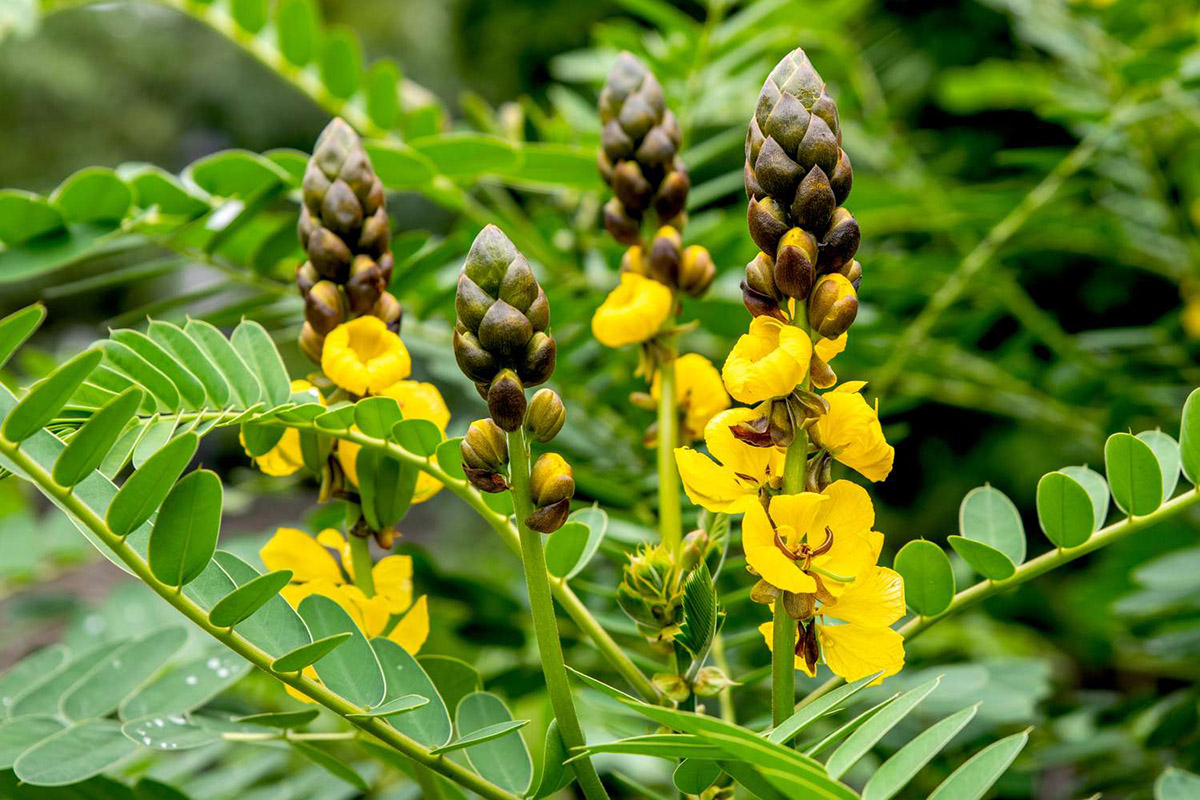
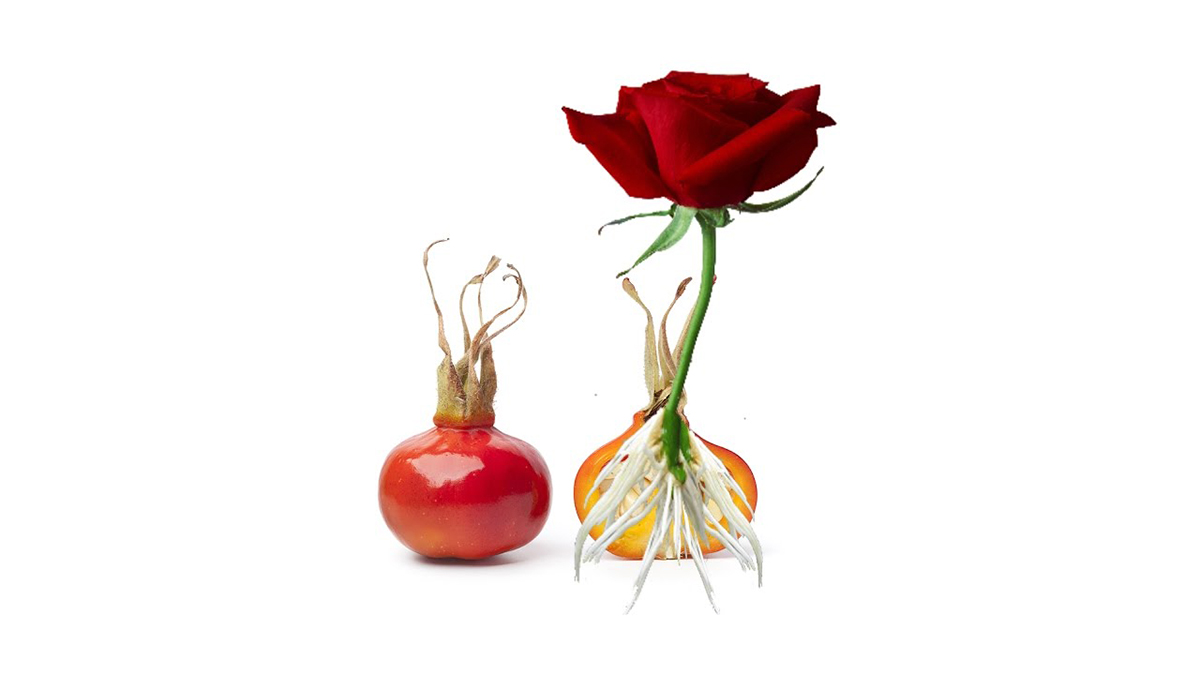
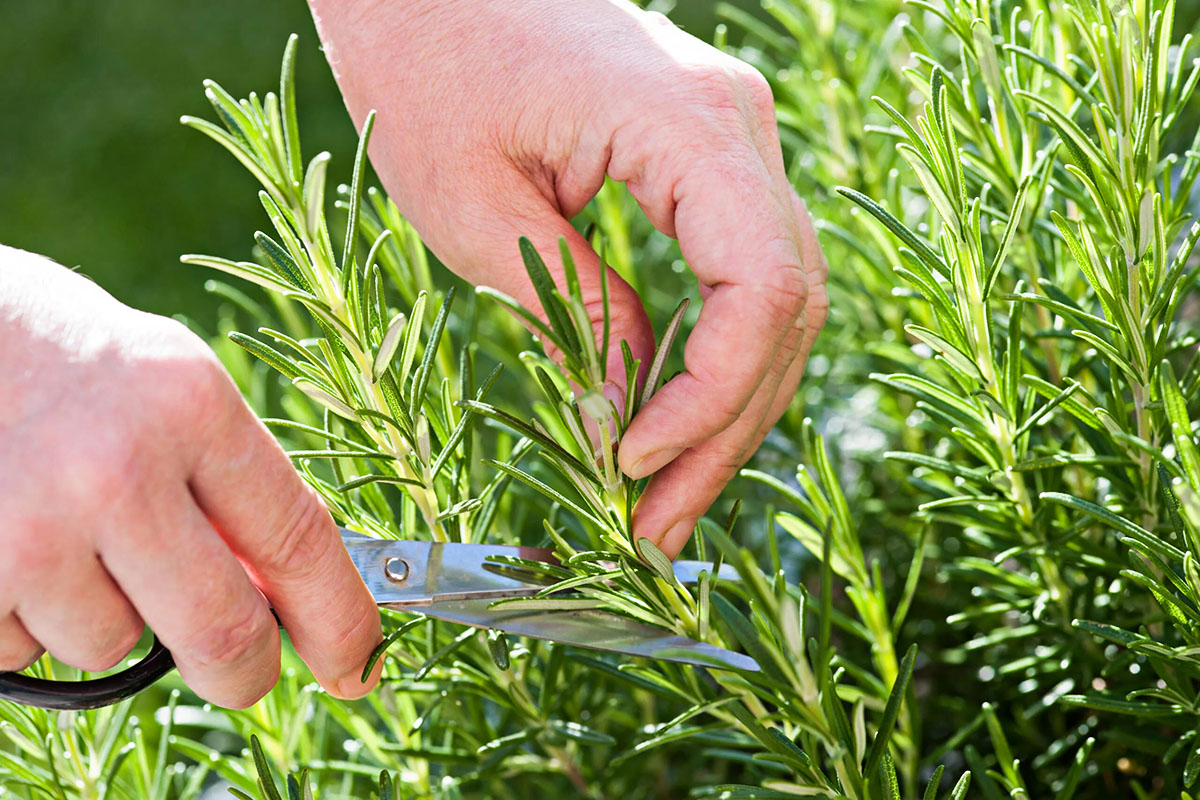
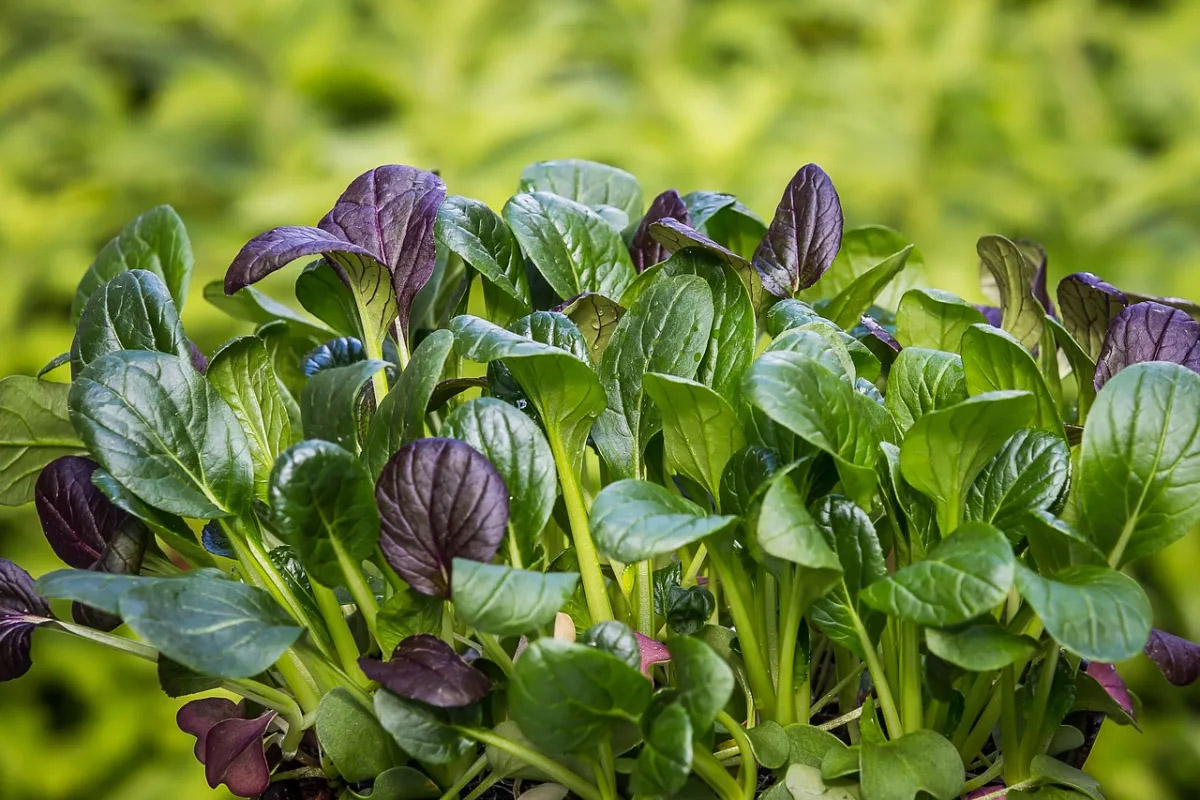
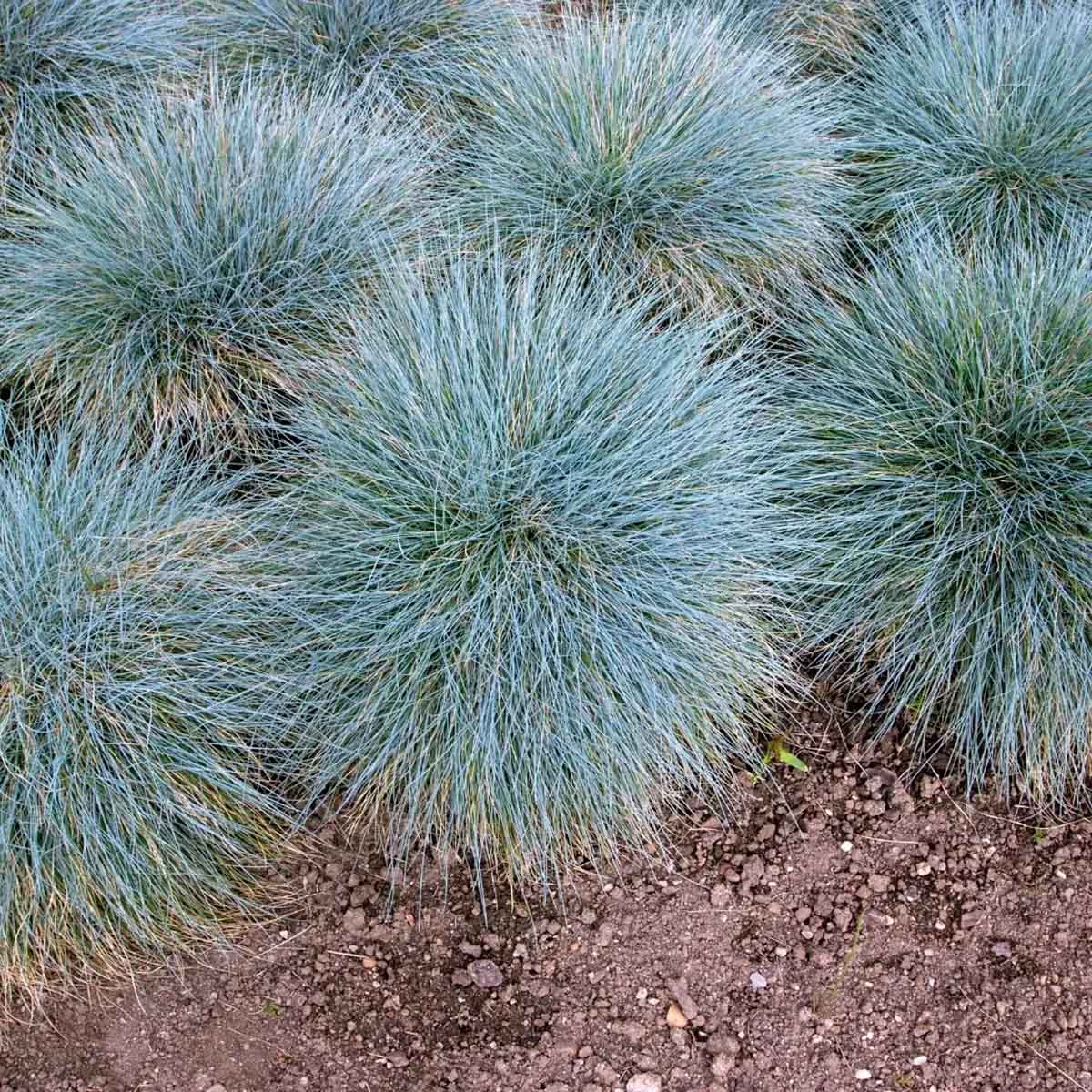
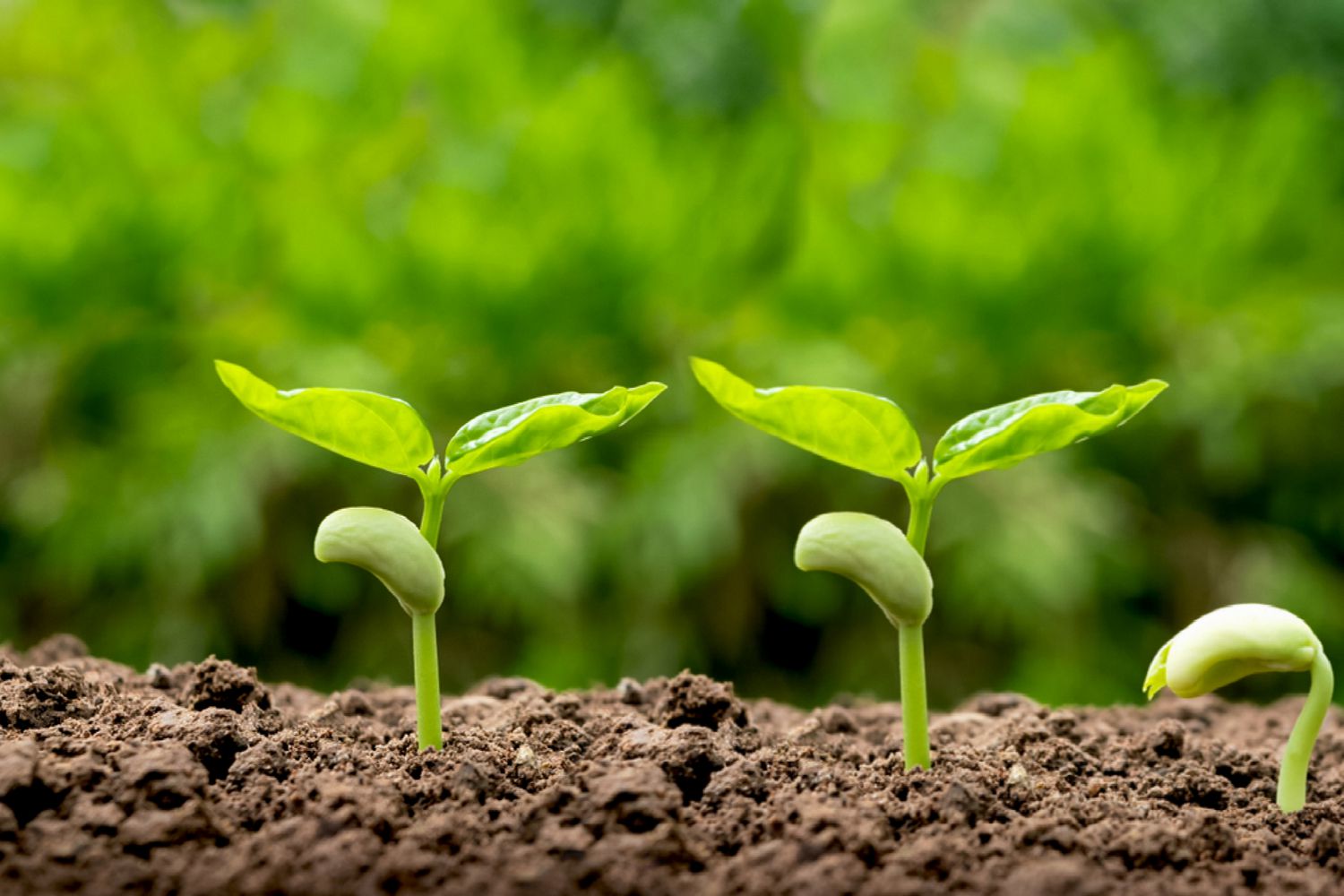
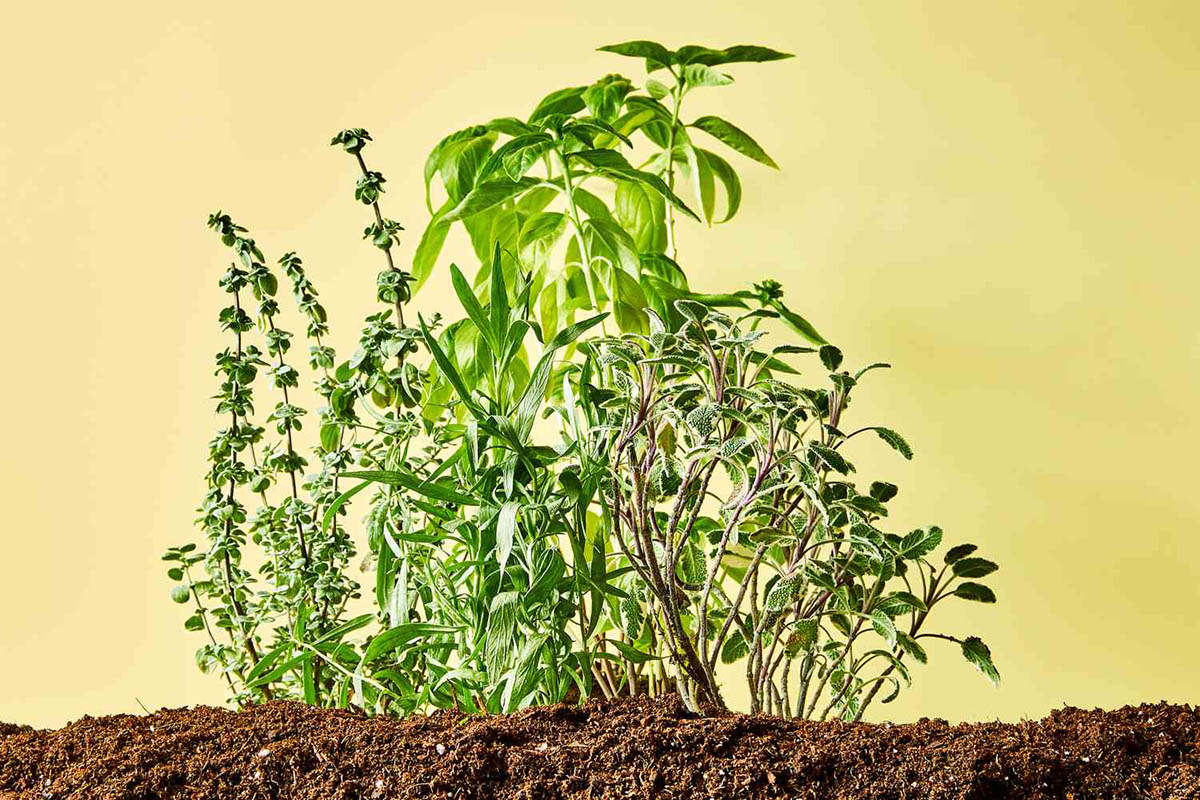
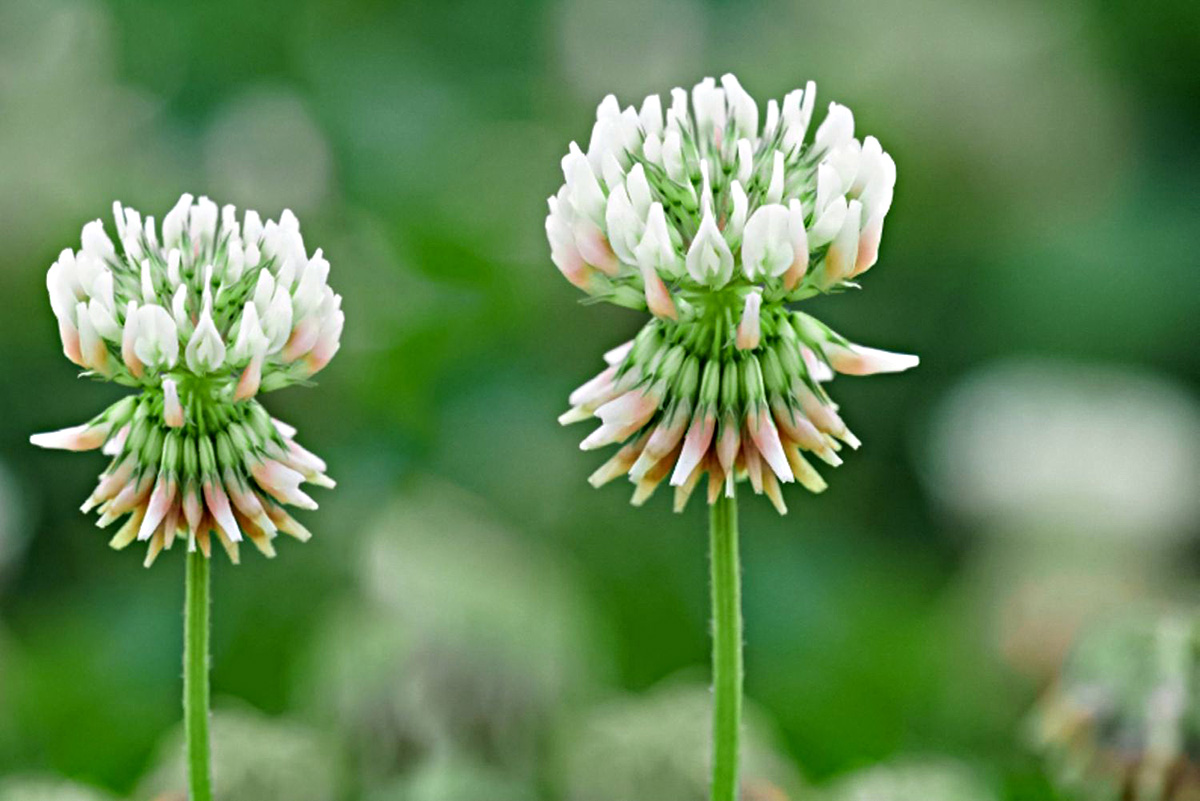

0 thoughts on “How Long Does It Take A Nandina To Germinate From Berry”